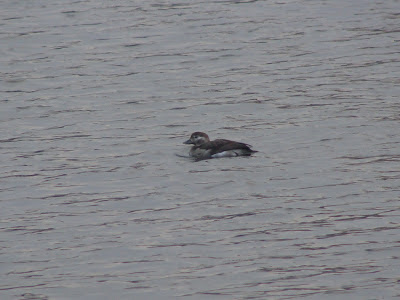 |
| Nature Check 2012 - Summary of results. Source: http://www.wcl.org.uk/docs/Link_Nature_Check_Report_November_2012.pdf. 27/11/12. |
The report assesses the government's progress on the commitments it made to the natural environment in 2010. To illustrate this it uses a 'traffic light' scoring method to rate progress on 20 key commitments. 'Green' means 'well-delivered' (good progress), 'Amber' means 'delayed or under-delivered' (moderate progress) and well, you can guess, 'Red' means 'Poorly or not delivered' (failing). The graph above shows a summary of the 2012 results - as clear as a car crash isn't it?
Two of those areas where the coalition are shown to be singularly failing are particularly relevant right now; point 6 refers to the Pitt Review and a promise to 'improve flood defences and prevent unnecessary building in areas of high flood risk', while point 9 details their blindly inept handling of Bovine TB. Point 14 highlights their continued failure to act on the Marine Coastal and Access Act (2009) which strives among other things to achieve "clean, healthy, safe, productive and biologically diverse oceans and seas, better protection for our marine environment and sustainable use of our marine resources" (Defra). If this report had come out later, would the handling of Ash Dieback have any bearing on the results?
To give them some credit, points 16 and 17 show the government to be fulfilling their promises on the issues of commercial whaling and ivory sales respectively (as they were in 2011). But however worthy they are, it is surely woeful that they have not managed to make significant progress on any of the issues addressed here that directly affect the UK's natural environment. Biodiversity and habitat loss is just one of several vital concerns currently stalling under 'amber'. Marginal progress may have been detected with regards planning frameworks but then I think we're still waiting for real proof there.
If he responds, what will Owen Paterson make of this I wonder? Will he heed the calls here for a change to the 'patchy' and 'inconsistent' approach witnessed so far? What will it look like this time next year? Let's hope that traffic is flowing smoothly because every year that passes without relevant, committed environmental leadership will yield a poorer future for all of us.
It's a really interesting report, read it here.


























